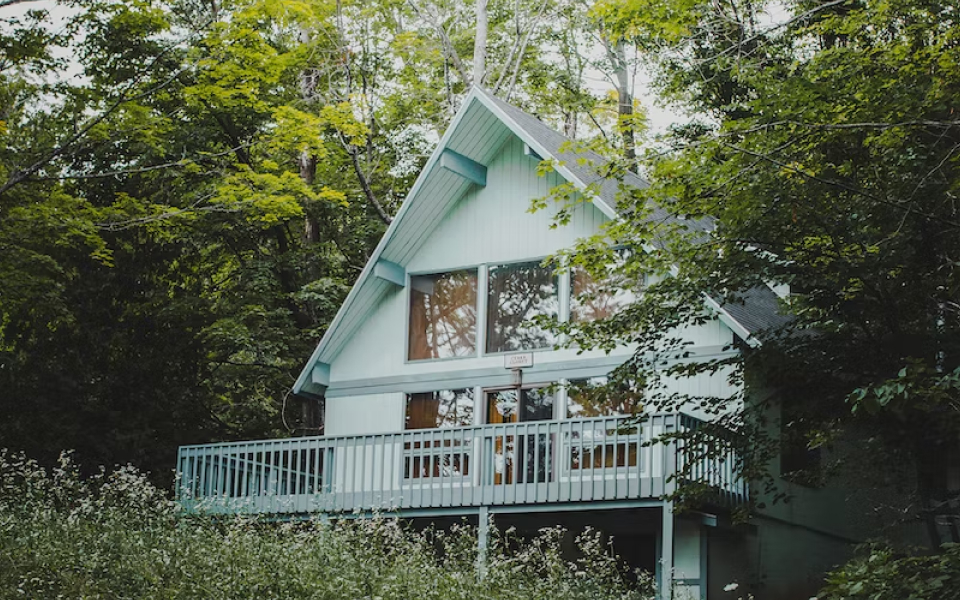An eco-friendly house is a type of house that is designed to minimize its impact on the environment and reduce its energy consumption. Eco-friendly houses are built using sustainable materials, and they are equipped with energy-efficient appliances and systems.
By adopting eco-friendly practices, you can save money on your energy bills, reduce your carbon footprint, and help to protect the environment.

Use sustainable materials
One of the key aspects of an eco-friendly house is the materials that are used in its construction. Sustainable materials are materials that are renewable, biodegradable, and environmentally friendly. Examples of sustainable materials include bamboo, recycled plastic, and recycled wood.
When building or renovating an eco-friendly house, look for materials that are sustainably sourced, locally produced, and have low embodied energy. Embodied energy is the amount of energy that is required to extract, process, and transport a material. Materials with low embodied energy are better for the environment because they require less energy to produce and transport.

Install energy-efficient appliances and systems
Another important aspect of an eco-friendly house is the appliances and systems that are installed. Energy-efficient appliances and systems use less energy to operate, which can save you money on your energy bills and reduce your carbon footprint.
When choosing appliances and systems for your eco-friendly house, look for ones that have Energy Star certification. Energy Star is a government-backed program that certifies products that meet strict energy-efficiency standards. Energy Star certified products use less energy to operate and have a lower environmental impact than non-certified products.
Examples of energy-efficient appliances and systems include LED light bulbs, low-flow faucets, and energy-efficient heating and cooling systems. By installing these products in your eco-friendly house, you can save money on your energy bills and reduce your carbon emissions.

Adopt eco-friendly practices
In addition to using sustainable materials and installing energy-efficient appliances and systems, you can also adopt eco-friendly practices in your eco-friendly house. This can include things like:
- Turning off lights when you’re not in the room
- Unplugging electronic devices when they’re not in use
- Using a programmable thermostat to control your heating and cooling
- Planting trees or installing shading devices to reduce heat gain in the summer
- Collecting and using rain water for irrigation and other outdoor tasks
- Composting food waste and using the compost as fertilizer for your garden
- Using natural eco-friendly cleaning products that are made from non-toxic ingredients
- Recycling paper, plastic, and other materials
By adopting these eco-friendly practices, you can save money on your energy bills, reduce your carbon footprint, and help to protect the environment.

Get involved in your community
One of the best ways to have an eco-friendly house is to get involved in your community and support initiatives that promote sustainability. This can include things like joining a community garden, participating in beach clean-ups, or volunteering for environmental organizations.
By getting involved in your community, you can learn more about sustainability, share your knowledge and experiences with others, and help to create a more sustainable world.

Final thoughts
An eco-friendly house is a house that is designed to minimize its impact on the environment and reduce its energy consumption. By adopting eco-friendly cleaning practices, you can save money, reduce your carbon footprint, and help to protect the environment.


